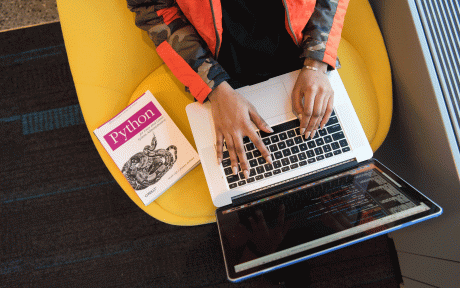With workplaces and businesses opening up, both employers and employees face decisions about how best to move forward in terms of balancing in-person and remote work as well as mental and physical health.
Back in December of 2020, 54 percent of people working remotely said they’d like to keep doing so once the pandemic ends, according to a Pew Research survey. In a Prudential survey from April 2021, respondents were more emphatic, with 42 percent stating that “if their current company does not continue to offer remote work options long term, they will look for a job at a company that does.”
“Enabling employees to achieve work-life balance will go a long way in ensuring that they maintain productivity and engagement,” writes Mike Massaro in Fortune.
Hybrid Work Model
As a way to achieve such balance and ease the transition to in-person work, many employers are considering a hybrid approach. “Employers seem to be embracing a hybrid work model for the post-COVID world, with many planning for local employees to come into the office only a few days per week and allowing some individuals to stay entirely remote,” says Jordan Peace.
This interest in hybrid work models is an indication that past notions of normal are getting a reboot, says Kevin Casey.
Reimagining the Office
The current transition period “creates an opportunity for employers to help people figure out what really matters to them and help them find more purpose in what they do,” says Bill Schaninger in a recent McKinsey article. This process includes questioning what a return to the workplace looks like, he says, noting that “this is an unbelievable opportunity to remake culture.”
A successful hybrid workplace, however, requires intentional thought and planning. For example, Peace says, “when half of your people are in the office and half are remote, you need to focus on creating an equitable space for all employee groups to occupy.” This involves reimagining your entire office culture, including:
- The physical space
- The virtual space
- Office perks
- Expectations
Organizations must be cautious not to create an “in” group and an “out” group, says Schaninger. “Video chats are something of a grand democratizer of interactions; if we shift to a hybrid model, we don’t want to hinder the gains we’ve made on inclusivity.”
The motivations to go into the office must also be reimagined. As Brooke Weddle notes, the days of going in for the sake of going in are over. “People understand now that we can be wildly productive—at home. We need to incentivize people to come back for a specific purpose, and to drive toward a specific outcome.”
Learn More
- Going Back to Work in the Office: It Has to Be Worth It by Kristin Barry and Ben Wigert
- Help Your Employees Who Are Anxious About Returning to the Office by Amy Gallo
- How to Achieve Sustainable Remote Work by Cal Newport
- How to Get Employees Ready to Return to the Office by Gwen Moran
- Why You’re So Anxious About Going Back to the Office by Alice Boyes
Ready to find a job? Check out the latest job listings at Open Source JobHub.








Comments